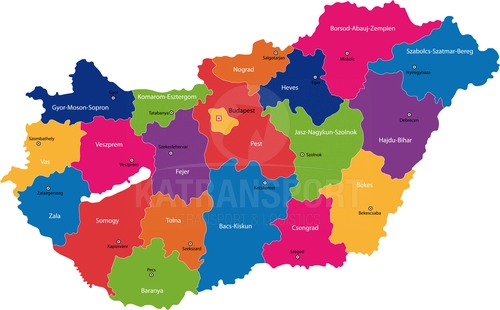Goods transport Hungary
Goods transport Hungary, from Hungary and to Hungary. From Hungary we transport automotive components, but we also provide e.g. the transport of fishing equipment.
Economy
After 1990 Hungary transformed centrally planned economy to market economy. Partial reforms realized before the socialism break-up helped to make the transformation easier. Private sector participates in the production of more than 80 % of GDP.
The impact of world financial crisis in 2007/2008 on Hungary was even stronger, because Hungary reported high current account deficit, state budget deficit and high household debt in foreign currency. Therefore in October 2008 there happened a significant forint depreciation and the increase of the main interest rate and economic subjects stopped to be willing to lend money to the state. Then Hungary received the credit (credit line) from the EU and IMF in total amount of 25 billion Euro. In 2009 in Hungary there was the fall of export, domestic consumption and investments caused by the financial crisis and government austerity measures.
Industry
The important sectors of Hungarian industry are mechanical engineering (especially the production of transport means, e.g. automotive companies Suzuki and Opel), chemical industry and textile production. Historically important food industry is closely bound to agriculture and it currently looses its dominant role. However, Hungary is a notable exporter of meat, poultry, cereals and vine.
Agriculture
Agriculture has suitable conditions due to favourable climate and quality soil, which covers approximately 60 % of land surface. Both animal and crop production are widespread. Breeding of ships, cattle, horses, sheep and poultry dominates in animal production. Important cultivation crops are wheat, corn, potatoes, sugar beet, sunflower, malt barley, tobacco, hemp plant and flax. A significant cultivation article is also vegetables, especially pepper and onion, which are used for the production of spices. The production of fruit fully covers domestic consumption. Viticulture and production of quality vine are also important.

